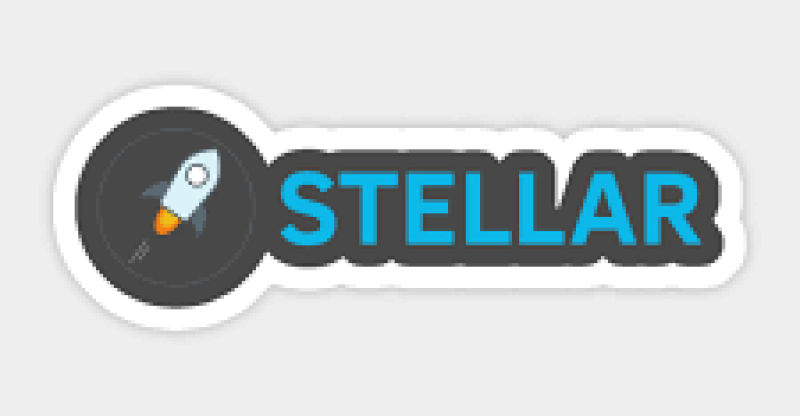Stellar Crypto-Currency Underdog
If you are a newbie to the world of virtual currency, you might be walking into it with the notion that bitcoin is the only digital currency out there. A couple of examples are Tether, Monero, soon-to-be exclusive Venezuelan cryptocurrency to be called Petro and now, Stellar.
Stellar is slowly gaining up on Bitcoin since its price shot up by almost 42,000% a year! It has been able to maintain this stunning performance till now. The cryptocurrency has a 5.26% on gains within these first 2 months of 2018 plus a market cap of $7.5B, so far.
It is an open-source payment technology that is comparable to Ripple. Just like the latter, the former also a payment technology that aims to connect financial institutions and severely brings the cost down and time needed for cross-border transfers. In fact, both payment networks used the same protocol, at first.
Beyond this, there are no more similarities.
Its customer base is centered on upcoming markets and possesses many uses for its technology such as money remittances.
Stellar’s basic operation is like most decentralized payment technologies. It runs a network of decentralized servers with a distributed ledger that is updated every 2 to 5 seconds among all nodes. The most prominent distinguishing factor between
The difference between stellar and bitcoin is the consensus protocol.
Stellar’s consensus protocol is not dependent on the whole miner network to approve transactions. Rather, it uses the—F.B.A—also known as the Federated Byzantine Agreement algorithm that helps to hasten the process of transactions. This is due to the fact it utilizes a portion of the network in order to make better and ratify a transaction.
Every node in its network picks another set of “reliable” nodes. Once a transaction is green-lighted by all nodes within this set, then it is taken to be approved. The reduced process has allowed Stellar’s network to be exponentially quick and it is said to process as many as 1,000 network operations every second.
The present procedure for cross-border transfers is quite complex since it needs home banks to sustain accounts in foreign jurisdictions in local currencies. Their correspondent banks must operate a similar account in the original country.
The process that is used for cross-border transactions dealing with monies deemed useless—fiat monies—is called The Nostro-Vostro process which takes a long time and involves “conversion and the reconciliation of accounts.”
Stellar’s blockchain is able to shorten or completely remove the delays and difficulties that are involved.





